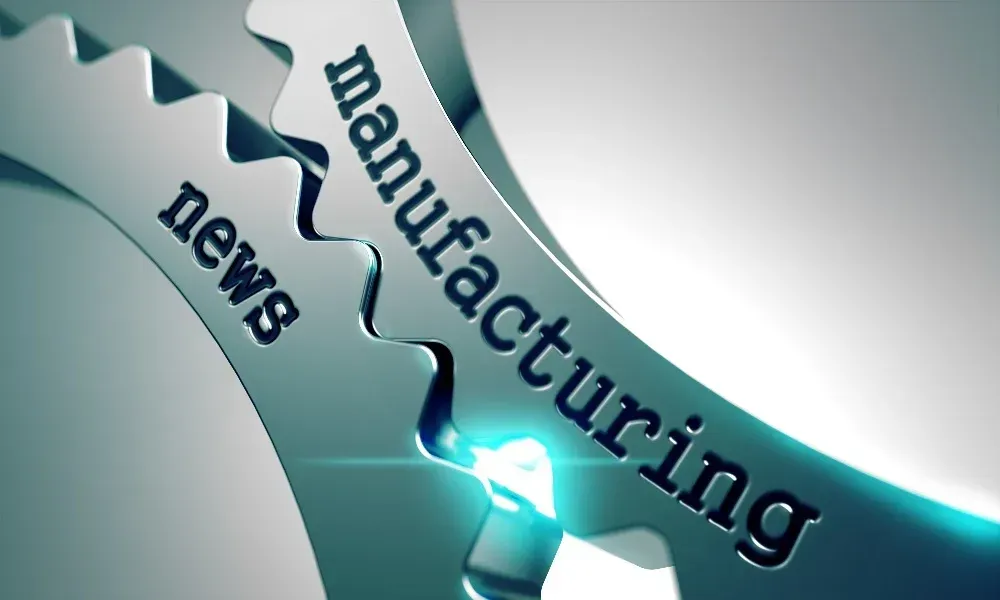
Unlocking Capital in Manufacturing
Unlocking Capital in Manufacturing: How R&D Tax Credits, Capital Allowances & Patent Box Drive Growth
In today’s competitive manufacturing landscape, access to capital is essential—not just for maintaining operations, but for investing in innovation, technology, and long-term growth. While traditional funding routes like loans and grants are well-known, many manufacturers overlook powerful government-backed incentives already built into the UK tax system.
Three key mechanisms are helping thousands of manufacturers reinvest, expand and innovate:
✅ 1. R&D Tax Credits – Rewarding Technical Advancement
The R&D Tax Relief scheme rewards manufacturers for developing or improving products, processes, or machinery, even if the project didn’t succeed.
Common qualifying activities in manufacturing include:
Developing new or improved production processes
Enhancing material performance, durability, or tolerance
Reducing waste, cycle time, or defects through technical experimentation
Prototyping and testing new machinery or automation systems
Financial impact:
Manufacturers can recover up to 33% of eligible costs under the SME scheme, or receive a credit via RDEC. This often results in cash repayments or reduced corporation tax, injecting vital funds straight back into operations.
🏭 2. Capital Allowances – Funding Plant, Machinery & Factory Investment
While R&D supports innovation, Capital Allowances support physical investment in assets. Under the Annual Investment Allowance (AIA) and Full Expensing, manufacturers can claim tax relief on spending for:
CNC machines, lathes, robotic equipment
Factory fit-outs, power upgrades, ventilation systems
Energy-efficient systems and specialised production lines
Why it matters:
Instead of writing off asset costs over years, businesses can deduct 100% of qualifying expenditure in the year of purchase, freeing up major cash flow for reinvestment.
💡 3. Patent Box – Reducing Tax on Innovation Income
For manufacturers that hold intellectual property, such as patented components or engineered systems, the Patent Box regime enables them to pay just 10% corporation tax on profits linked to those patents.
Ideal for manufacturers with:
Proprietary tooling, mechanisms or engineered solutions
Custom technologies, control systems or automation designs
Exclusive manufacturing methodologies protected by patents
The Patent Box not only rewards innovation, it incentivises UK businesses to retain IP domestically rather than offshore.
💷 Combined Impact: A Powerful Financial Engine
When used together, these three schemes create a compounding effect:
Relief Purpose R&D Tax Credits Funds innovation and technical development. Capital Allowances Funds investment in equipment and infrastructure. Patent Box Rewards commercial success of innovation.
Manufacturers that strategically plan across all three frameworks often reinvest six-figure tax savings into:
New production lines
Workforce expansion
Factory automation
Market expansion and exports
🔍 Why Many Manufacturers Are Missing Out
Despite their accessibility, these reliefs are underclaimed, often because:
Innovations are seen as ‘just problem solving’
Capital spending is not fully optimised
Patents are left unutilised post-grant
With margins tightening across the sector, overlooking these incentives means leaving substantial funds unclaimed.
🚀 Final Thought: Your Innovation Is Worth More
Manufacturing has always been the engine of British innovation. These tax incentives are designed to ensure that manufacturers can afford to keep pushing boundaries, funding the future through what they already do best: designing, building, and improving.
If you develop, improve or invest, you're likely entitled to claim, whether it’s £20,000 or £2 million. The key is identifying and evidencing it properly.